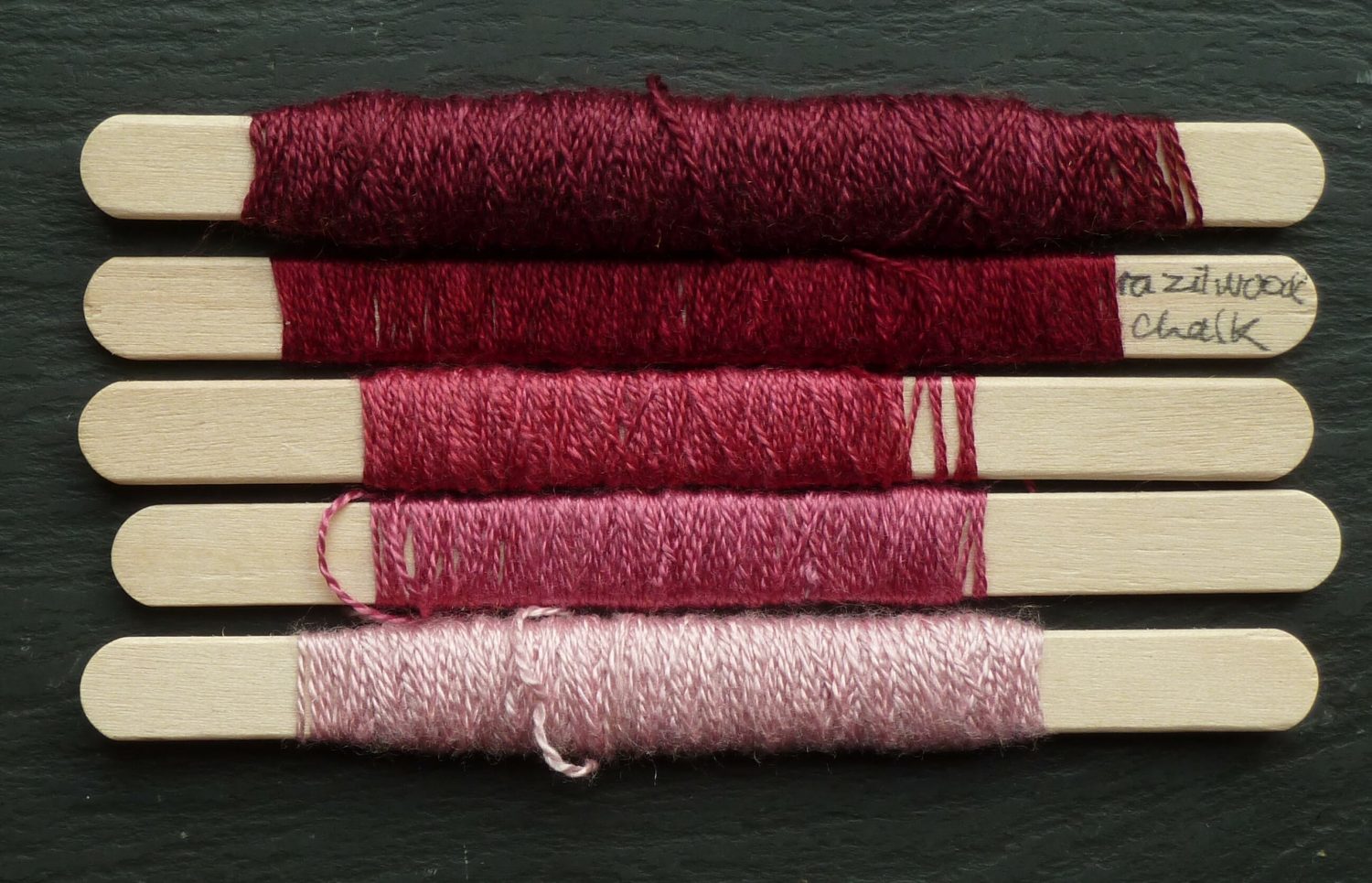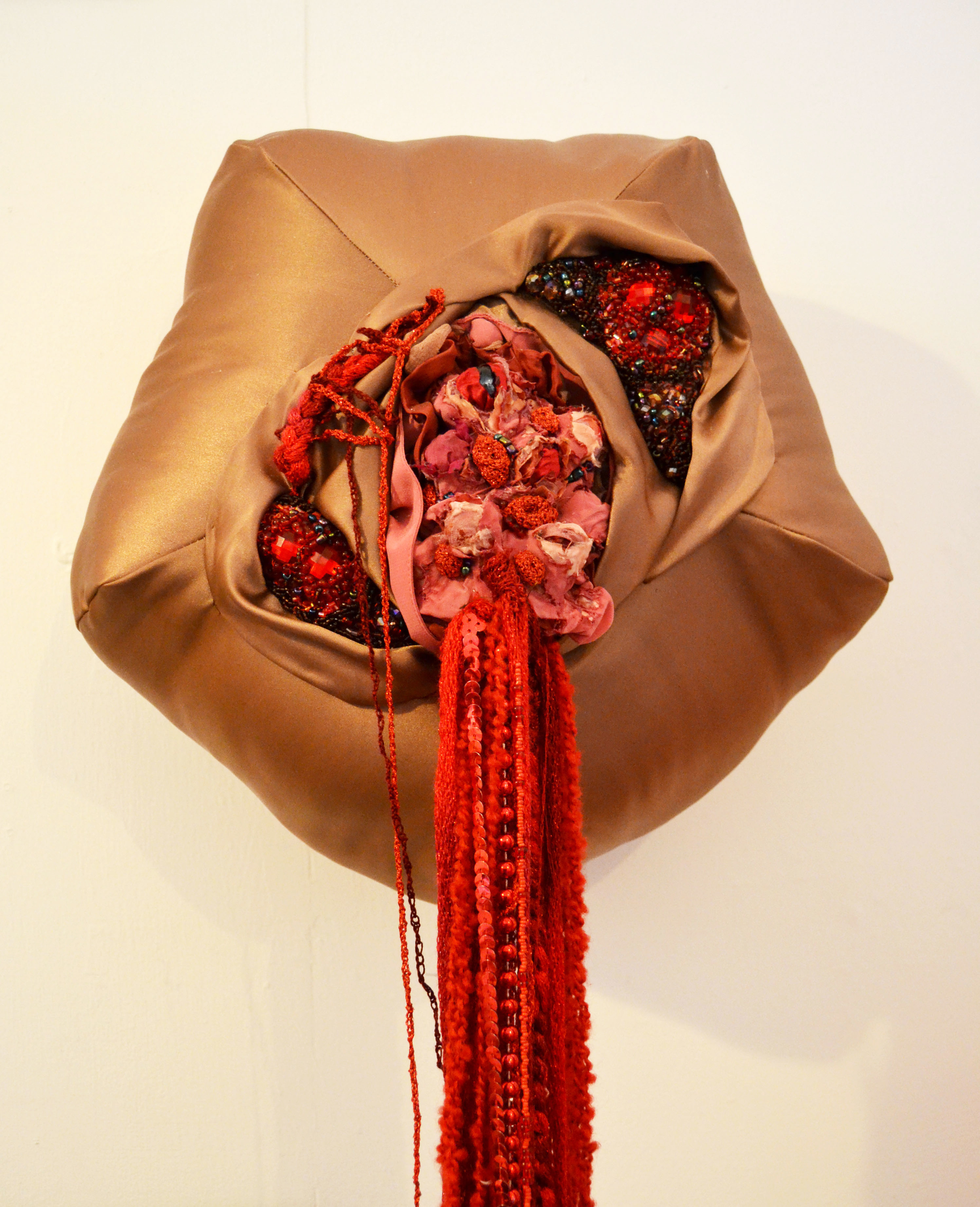Dyeing isn’t the only thing I do but I find I’m doing it a lot! Spare ten minutes – get the dye pot on. Lately I’ve been focusing on dyeing silks with the botanical dyes used before the invention of synthetic dyes in the 1860s. There’s more than one way to have fun!
There’s a story that in the nineteenth century Navajo weavers were unpicking Yorkshire blankets to use the thread in their blankets. Although the Navajo were experts in sourcing local dye plants they couldn’t create a bright, clear red so they thought of something else. Getting that red involved a journey halfway across the world and back again. It starts with cochineal in South America which was imported by woolen manufacturers in west Yorkshire. The cochineal was used to dye woolen cloth called baize. The finished cloth was exported to Spain and bought by Spanish merchants. They sold it around the world, including to traders in the United States. The cloth was finally sold to the Navajo weavers who promptly unpicked it and used it to create patterns in their weaving. No surprise for us embroiderers. Where would we be without red?
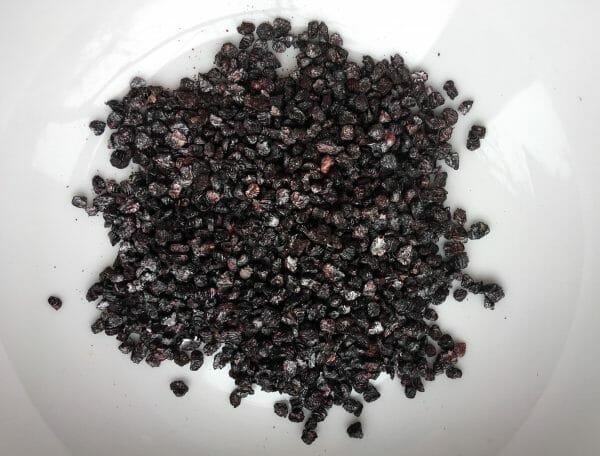
The story has double significance for me. Firstly, my great, great grandfather, Joseph Nichol, was a dyer in a Yorkshire mill long before the invention of synthetic dyes. Did he use cochineal to dye some of that baize cloth that ended up on the other side of the world? And secondly, I’ve been trying to get a good bright red on silk threads using traditional dyes from botanical (not synthetic) materials. It’s been an interesting journey, if not altogether successful!
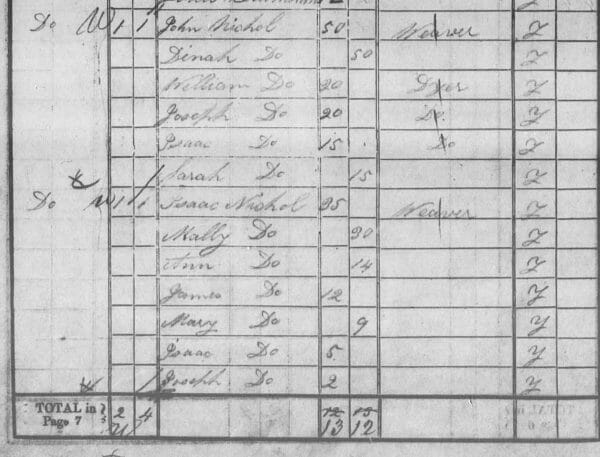
For embroidery I tend to use silk rather than cotton which is trickier to dye. I buy mulberry undyed silk from Airedale Yarns (in west Yorkshire of course). It comes on a cone or in skeins ready for dyeing. You can also get it in different thicknesses.
So I’m ready to start. I’ve got my threads, I’ve got my dye materials, can I get red? The hard part about dyeing embroidery threads with natural or botanical dyes is that there’s a lot of preparation in order to get the dye to fix and not fade – more of this another time. The good thing is that they are in small enough quantities to manage the process in most kitchens – as long as you don’t forget health and safety precautions. If you can’t wait to get started there’s lots of information on the Wild Colours website where I buy most of my natural dye materials.
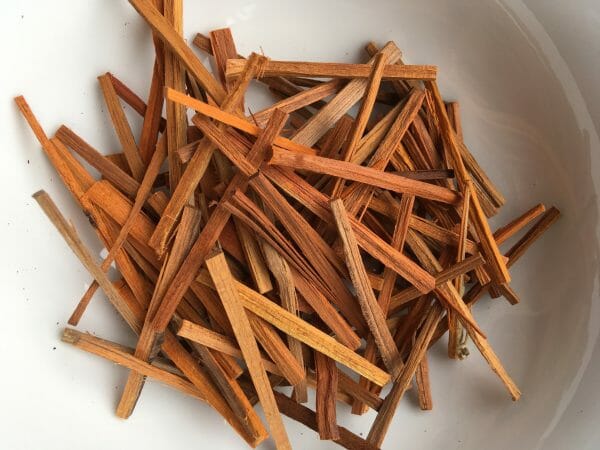
First I tried madder. I got browny red, lovely but not the bright red I was after. Next was cochineal. I got some great shades of pink but no red. My last shot was brazilwood. Brazilwood is a tree originally grown in India and the East Indies but eventually cultivated in South America. (They grew so much it’s what Brazil is named after.) After many attempts I did finally produce a scarlet red I was happy with. But my advice is if you are thinking of having a go at dyeing silks with natural dyes, don’t start with red! Those Navajos were right.

Let me know what you think about my column and tell me if there is anything dye-related you’d like to hear more about.

